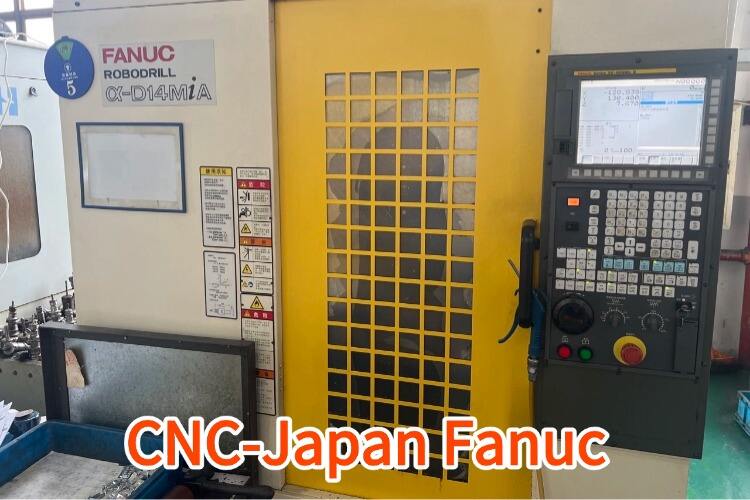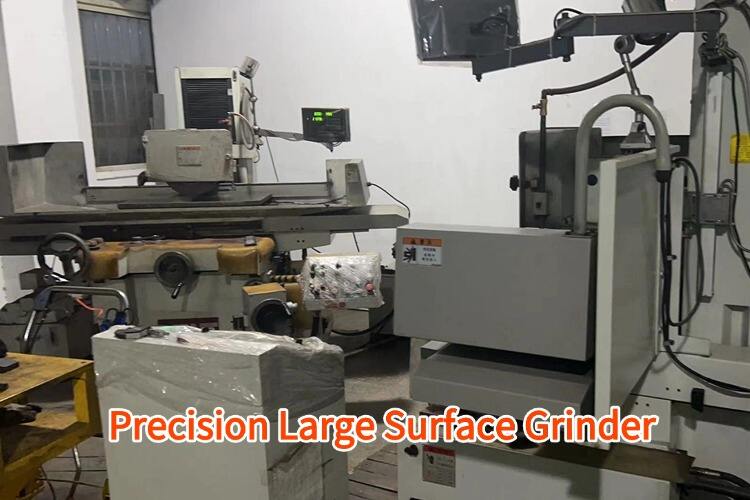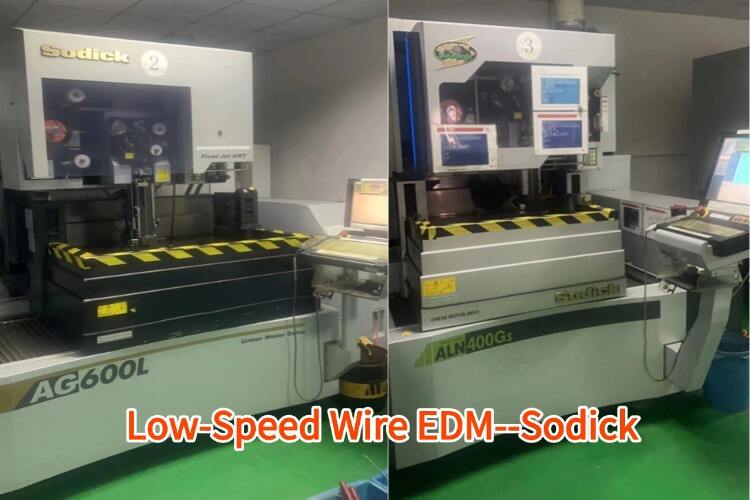małe serie obróbki CNC
Machining w małych serii reprezentuje sofistykowany podejście produkcyjny, który łączy precyzyjne inżynierstwo z elastycznością w objętości produkcji. Ta zaawansowana metoda produkcji wykorzystuje technologię sterowaną komputerowo (CNC), aby produkować wysokiej jakości elementy w mniejszych ilościach, zazwyczaj od 1 do 500 sztuk. Proces obejmuje konwersję plików projektowych cyfrowych w precyzyjne instrukcje obrabiania, umożliwiając tworzenie złożonych geometrii i szczegółowych rysunków z wyjątkową dokładnością. Nowoczesne maszyny CNC wyposażone w wiele osi mogą wykonywać różne operacje, w tym frezowanie, obróbkę, wiertlenie i nakrętkowanie, jednocześnie zachowując ciasne tolerancje i spójną jakość w całej partii. Technologia wyróżnia się w produkcji części z szerokiego zakresu materiałów, w tym metali, plastików i kompozytów, co czyni ją idealną dla prototypowania, niestandardowej produkcji i produkcji w niewielkich serii. Machining w małych serii wyróżnia się swoim zdolnością do szybkiej i kosztownej modyfikacji projektu, bez potrzeby drogich zmian narzędzi czy długich czasów przygotowań. Ta metoda produkcji znalazła szerokie zastosowanie we wszystkich branżach, w tym w przemyśle lotniczym, samochodowym, urządzeń medycznych i maszyn niestandardowych, gdzie precyzja i jakość są kluczowe, ale nie wymagane są duże objętości produkcji.


